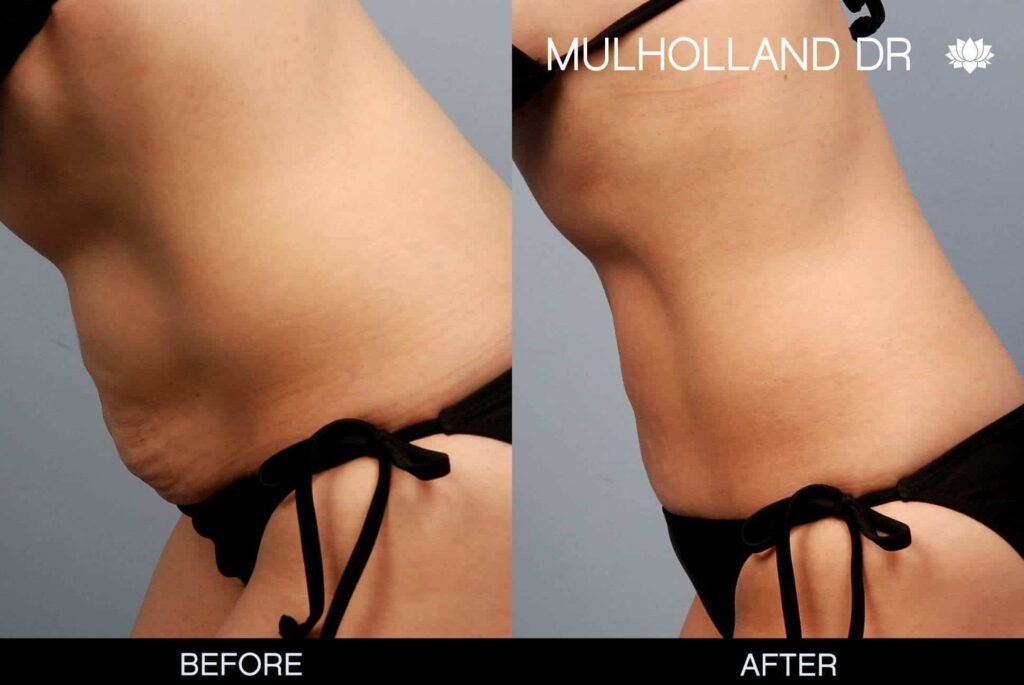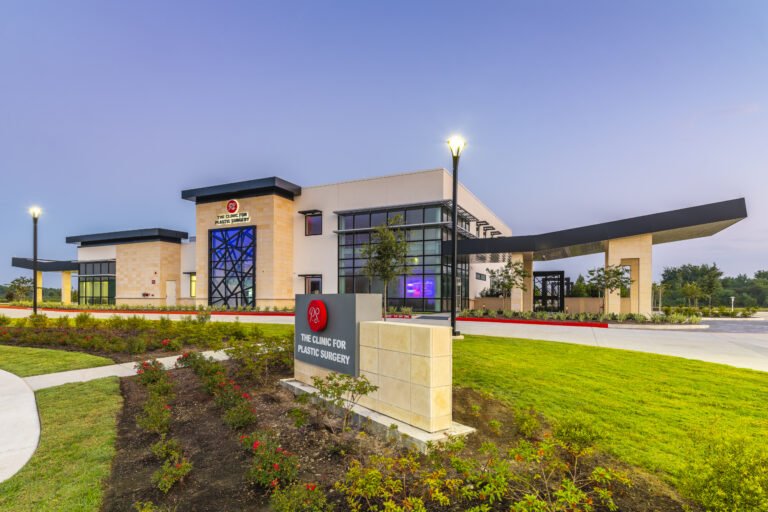Undergoing a tummy tuck (abdominoplasty) is a major step toward achieving a flatter, more toned abdomen. But the procedure itself is just one part of the journey—your post-surgery recovery, especially your diet, plays a crucial role in healing and results. Korean cosmetic surgery clinics, renowned for their cutting-edge techniques and holistic patient care, emphasize nutrition as a cornerstone of recovery.
In this article, we’ll explore the best post-tummy tuck diet, based on guidelines followed by leading clinics in Korea, to help your body heal faster, reduce swelling, and optimize results.
🥗 Why Diet Matters After a Tummy Tuck
After a tummy tuck, your body goes into repair mode. Healing incisions, minimizing inflammation, and regenerating tissue require specific nutrients. According to Korean clinics, a well-planned recovery diet can:
- Boost collagen production for better scar healing
- Reduce post-op swelling and inflammation
- Support immune function to prevent infections
- Help regulate bowel movements, especially if you’re on pain medications
- Minimize bloating and water retention
🧬 Phase-Based Healing Diet Plan (as followed in top Korean clinics)
Phase 1: Immediate Post-Op (Days 1–7)
Goal: Reduce inflammation, support immune system, and avoid constipation.
✅ Recommended:
- Clear soups and bone broth (rich in collagen and easy to digest)
- Soft proteins: steamed tofu, soft-boiled eggs, fish porridge
- Steamed vegetables: carrots, pumpkin, spinach (for antioxidants)
- Low-sodium diet: to minimize water retention and bloating
- Plenty of fluids: warm water, barley tea (보리차), ginseng tea (인삼차 – with doctor’s approval)
🚫 Avoid:
- Salty foods (kimchi, instant noodles)
- Caffeine and alcohol
- Carbonated drinks
- Spicy or greasy foods that may irritate the stomach
💡 Tip from Korean clinics: “Eat small, frequent meals and chew slowly to prevent bloating.”
Phase 2: Early Recovery (Weeks 2–4)
Goal: Enhance collagen production and tissue regeneration.
✅ Recommended:
- High-protein foods: lean chicken, fish, eggs, Korean soybean paste soup (된장국)
- Vitamin C-rich fruits: tangerines, strawberries, kiwi (promotes collagen synthesis)
- Iron-rich vegetables: spinach, seaweed (miyeok – 미역), kale
- Whole grains: brown rice, multigrain bap (잡곡밥) for energy and fiber
- Probiotics: kimchi (low-sodium), yogurt for gut health
🚫 Avoid:
- Refined sugars and processed foods
- Excessive salt
- Foods that cause gas (cabbage, beans in excess)
🥣 Korean doctors often recommend miyeok-guk (seaweed soup) for its blood-replenishing properties, especially helpful post-surgery.
Phase 3: Long-Term Maintenance (1 Month and Beyond)
Goal: Maintain optimal nutrition and support body contouring results.
✅ Continue:
- Balanced meals with protein, fiber, and healthy fats
- Hydration with herbal teas and water
- Antioxidants: berries, green tea, and brightly colored veggies
- Healthy snacks: roasted sweet potatoes, unsalted nuts
🧘♀️ Combine your diet with light activity (walking, stretching) once cleared by your surgeon to boost circulation and reduce swelling.
🥤 Supplements Korean Clinics May Recommend (Always Consult Your Surgeon)
- Vitamin C – Enhances healing and immunity
- Zinc – Supports tissue repair
- Omega-3 – Reduces inflammation (start only after bleeding risk is gone)
- Collagen powder – Boosts skin and tissue regeneration
👩⚕️ Korean Clinic Dietary Philosophy
Many Korean cosmetic surgery centers promote a “hanbang” (한방) approach—a blend of modern medicine and traditional herbal knowledge. Nutrition counseling often includes:
- Personalized food recommendations based on body type (체질)
- Herbal teas and tonics for recovery
- Emphasis on clean, minimally processed foods
📝 Sample Korean-Inspired Recovery Meal Plan
Breakfast:
- Warm miso soup (된장국)
- Multigrain rice
- Steamed egg (계란찜)
- A few slices of orange or kiwi
Lunch:
- Grilled fish (mackerel or cod)
- Seaweed soup (미역국)
- Steamed vegetables (zucchini, spinach)
- Small serving of kimchi (rinse before eating to reduce salt)
Dinner:
- Chicken porridge (닭죽) or tofu stir-fry
- Cucumber salad (오이무침)
- Barley tea (보리차)
Final Tips from Korean Surgeons
- Eat light but nutrient-dense meals
- Avoid bloating and constipation at all costs—keep digestion smooth
- Stay away from extreme dieting or calorie restriction during healing
- Listen to your body and consult your clinic if unsure about any food
Conclusion
The right diet after a tummy tuck can significantly enhance your recovery, reduce complications, and improve your final results. By following the time-tested recommendations from Korean clinics—centered around anti-inflammatory, nutrient-rich foods—you’ll be giving your body the best chance to heal beautifully.
Want personalized post-op recovery advice from a Korean clinic? Contact us for a consultation today.



